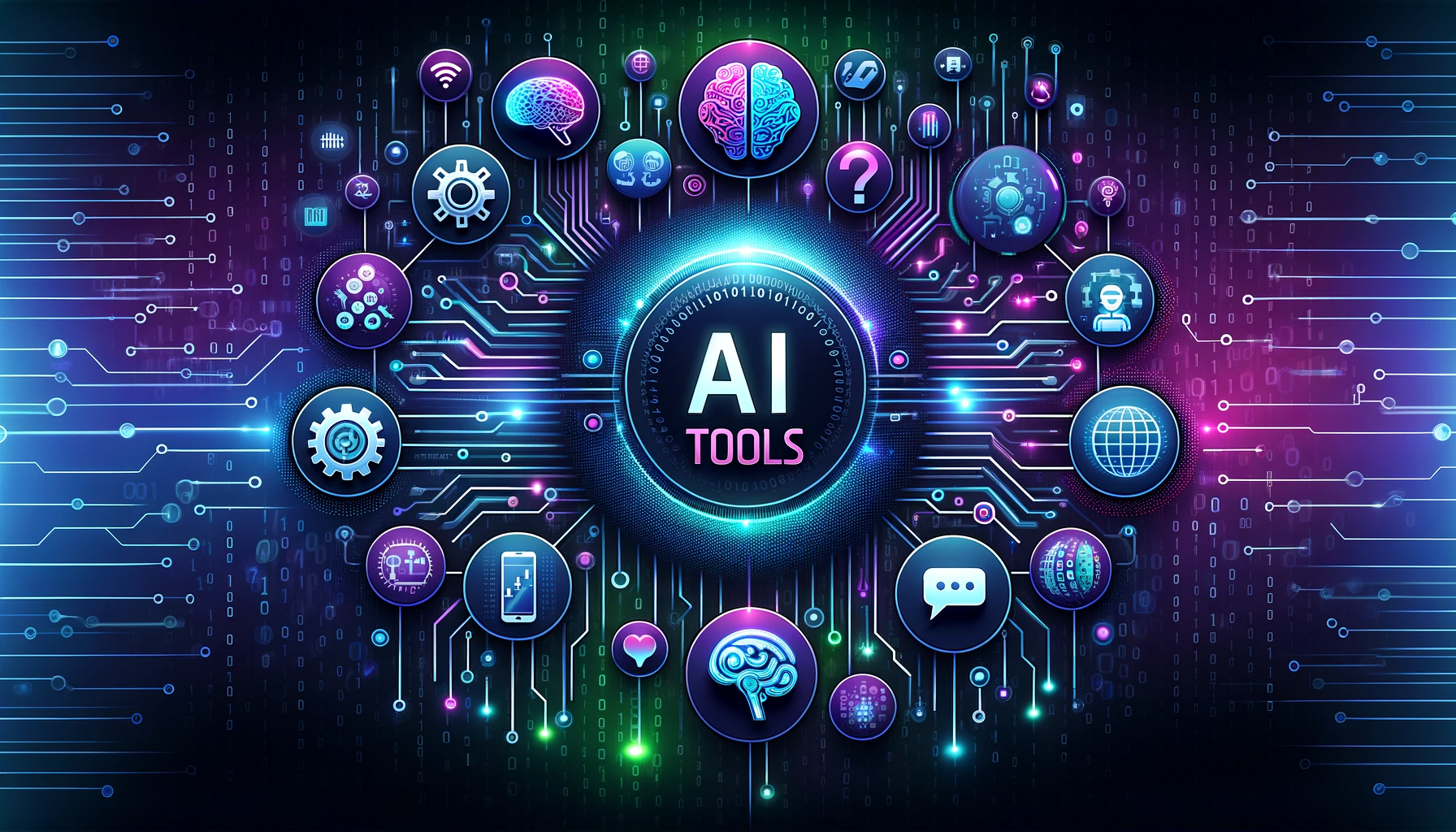Going forward, organizations can attract talent only if they are willing to look at their talent strategy from a completely different lens. Gone are the days to think of talent as an asset owned by an organization. It is no longer a scenario where organizations own talent, rather, it is exactly the opposite now, talent owns the organizations.
Large technology companies such as Facebook, Google, Amazon, and other large ones have stated their plans to hire thousands of tech talent for their current and future tech initiatives. Many organizations are following suit, they are in it to win this talent race.
The Great Resignation or The Great Attrition is already being felt around the globe by almost all companies. Tech talent continues to stream out the door to pursue better opportunities. Remote Working has made it even easier for people to leave since geography is less of a barrier to land in the next job.
This is a great sign, a warning, a message though it is not known how many companies are willing to read between the lines and understand the message. In Germany, for example, 780,000 additional tech specialists are needed by 2026 to meet the economy’s demand. Globally, more than three million cybersecurity positions were unfilled as of 2020.
Remember this: the Great Attrition is real, will continue, and may get worse before it gets better. Yet this unique moment also represents a big opportunity.
The Ground Reality
Let's stop turning great engineers into bad managers. It should not be a custom expecting every engineer one day to become a manager. More than two-thirds of developers, in fact, don’t want to. These experts instead prefer to keep their craft sharp and pursue ever more sophisticated digital challenges.
A record number of employees are quitting or thinking about doing so. These people, the core tech talent, the real value creators are tired, and many are grieving.
They want a renewed and revised sense of purpose in their work. By not understanding what their employees are running from, and what they might gravitate to, company leaders are putting their very businesses at risk.
When employers were asked why their people had quit, they cited compensation, work-life balance, and poor physical and emotional health. These issues did matter to employees - just not as much as employers thought they did. By contrast, the top three factors employees cited as reasons for quitting were that they didn’t feel valued by their organizations (54 percent) or their managers (52 percent) or because they didn’t feel a sense of belonging at work (51 percent).
The pandemic has irrevocably changed what people expect from work. Executives who don’t make their people feel valued can drive them from companies, with or without a new job in hand.
Executives who think that employee attrition is easing - or is limited to particular industries - are misguided.
The bottom line: the Great Attrition is happening, it’s widespread and likely to persist - if not accelerate - and many companies don’t understand what’s really going on, despite their best efforts. These companies are making ineffective moves based on faulty assumptions.
What lies ahead? What will 2030 look like?
An extensive new Korn Ferry report finds that by 2030, more than 85 million jobs could go unfilled because there aren’t enough skilled people to take them. Wow, 85 million jobs are due to the talent gap, which is roughly equivalent to the population of Germany. Left unchecked, in 2030 that talent shortage could result in about $8.5 trillion in unrealized annual revenues.
Much of the shortage is based on simple demography. Japan and many European nations, for instance, have had low birth rates for decades. In the United States, the majority of baby boomers will have moved out of the workforce by 2030, but younger generations will not have had the time or training to take many of the high-skilled jobs left behind.
By 2030, Russia could have a shortage of up to 6 million people, and China could be facing a shortage twice as large. The United States could also be facing a deficit of more than 6 million workers, and it’s worse in Japan, Indonesia, and Brazil, each of which could have shortages of up to 18 million skilled workers.
The impact of the talent crunch is so significant that the continued predominance of sector powerhouses is in question. For instance, the United States is the undisputed leader in tech, but the talent shortage could erode that lead fast. Indeed, India could become the next tech leader; the study suggests that the country could have a surplus of more than 1 million high-skilled tech workers by 2030.
“Constant learning—driven by both workers and organizations—will be central to the future of work, extending far beyond the traditional definition of learning and development".
So, let's agree that there is a severe war going on for talent, and going forward, if any, it will only get worse. So, it's time to rethink and reimagine our talent strategy. Once again, it is no more a scenario where organizations own talent, rather, it is exactly the opposite now, talent owns the organizations.
The Great HR (HorroR) Story
Imagine who is in the middle of all this? It is HR. OfCourse the hiring managers, desperately needing talent in their teams, need to meet the project timelines are in it too. However, remember all the talent needs lead to HR. It is getting extremely difficult for HR personnel to keep up with the recruitment needs of different BUs of the company.
Due to The Great Attrition, while HRs are filling in the open positions, the existing positions are falling vacant, i.e., while the HR is busy focusing on the incoming funnel, the outgoing funnel is wide open that sometimes outflow is greater than inflow. This is putting enormous pressure on HR teams.
It is time for HR and the Hiring Managers to come to the table and relook at talent as a whole. Should the talent always be an employee in the company, be it a Full-Time Employee or a Contractor? Is it not time to look at platforms?
An expert developer is more than ten times more productive than a novice. But many of these top engineers can’t work in traditional organizations where a surfeit of managers and bureaucratic processes inhibit them from doing good work at pace. Also in many organizations, the ratio of engineers to management and coordination and support people is 30:70; that needs to be flipped. This is making the productive work of total time spent in the organizations to be 20 to 30%.
The tech talent frustrated with the organizational structures and non-productive work is flocking to platforms that give them flexible working hours, great pay, zero bureaucracy, zero hierarchy, and next to zero meetings allowing them to completely focus on their work and deliver.
Hence the best way to engage top talent with great work is to go for platforms - talent will go there anyway, it is time for companies to realize it and go there too (Eliminate meaningless toil and bad practices—top talent won’t put up with it)
The AiDOOS Way - The New Frontier for HR
AiDOOS is a Web3.0, Decentralized "Future of work" platform, entry to Creator Economy and Metaverse.
Enterprises through AiDOOS adapt to the "Future of work" model where they seamlessly push their IT needs and the platform gets it done from experts across the globe. This eliminates the non-value-add work from the process saving $$ and time for enterprises.
Experts can form global teams (internet-based companies) with friends & colleagues and serve the global companies and be paid on par with global standards. In the process, they become shareholders of the platform.
HRs can eliminate the long and tiring hiring cycles and switch to the AiDOOS platform and leverage its "Talent as a Service" and "Task as a Service" models to solve the talent issues. As stated before, it is time to rethink talent strategy.
AiDOOS can line up the entire tech talent at your doorstep - you click, utilize, and pay for the delivery. This is the way forward, this is the "Future of Work".




